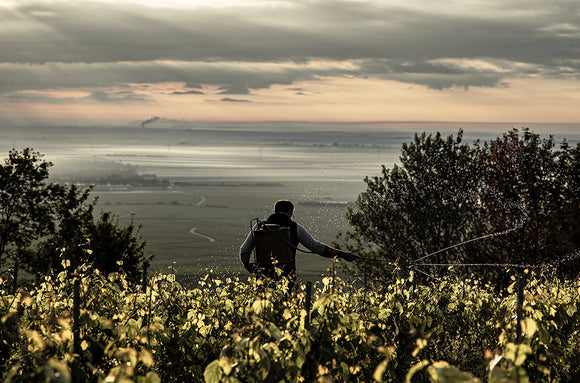History
Stéphane Regnault unveiled his inaugural single-vineyard cuvée in 2018, sourced from the prime terroirs of Oger and Le Mesnil, which have been in his family for generations. These bottles embody more than a decade of contemplation, hands-on experience, and experimentation. After a brief stint as a sommelier in London and a career as an aerospace engineer in Paris, Stéphane returned to the Côte des Blancs in 2007 to assume control of the family domaine. Motivated by discussions with fellow young producers, he made the decision to abandon the use of herbicides in the vineyards, gradually transitioning to organic farming practices.







